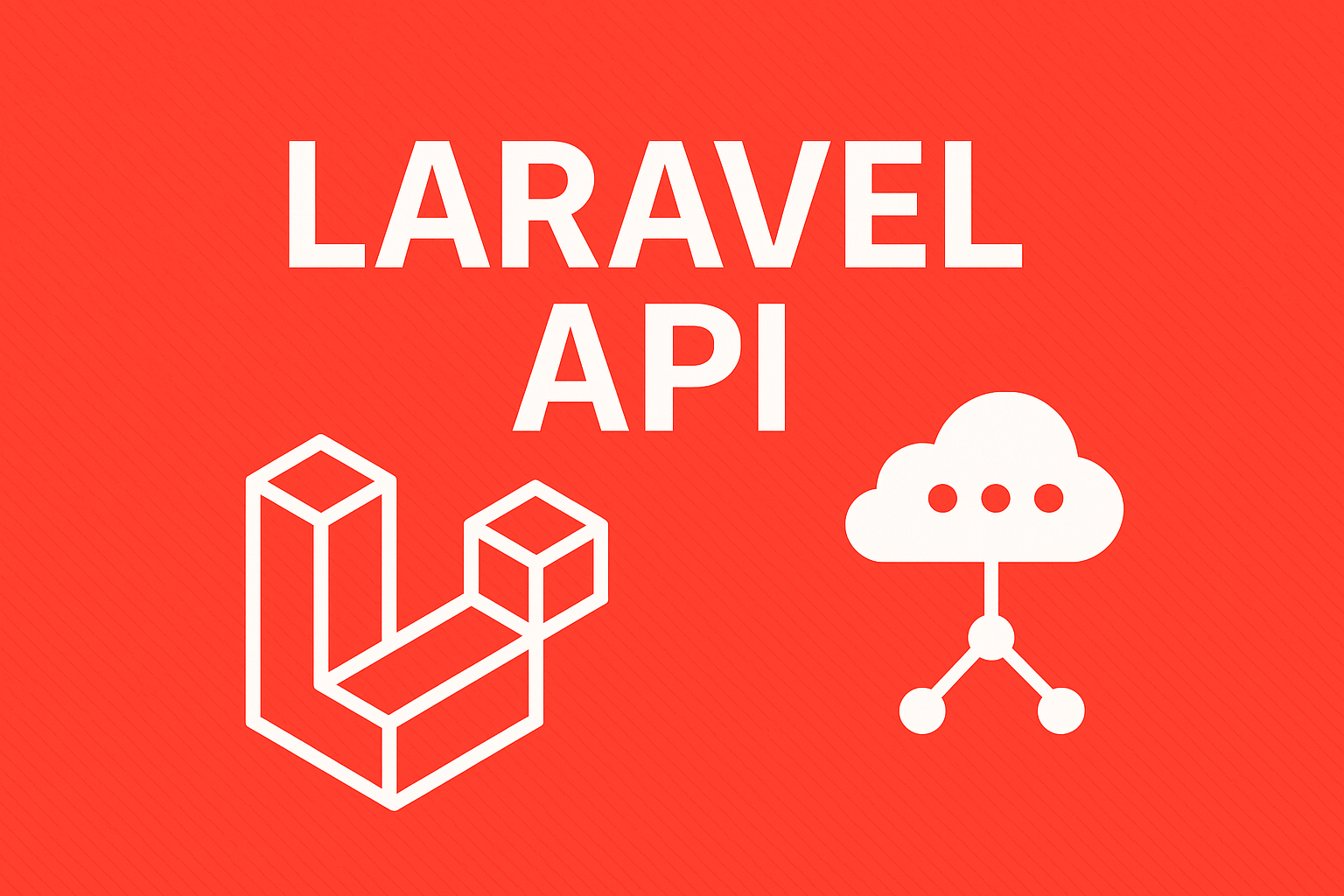
In this article, we’ll see Laravel Routing.
Table of Contents
In the world of web development, routing plays a crucial role in determining how requests are handled and responses are generated. Laravel, the popular PHP framework, offers a robust and intuitive routing system that simplifies the process of defining routes and handling HTTP requests. In this blog post,
We’ll explore the power of Laravel routing and discover how it can empower you to build dynamic, scalable, and user-friendly web applications.
What is Laravel Routing
Laravel Routing is a way of creating a request URL of your application. These URL do not have to map to specific files on a website. The best thing about these URL is that they are both human readable and SEO friendly.
Routing is a core concept in Laravel, and it works a little differently than some of the frameworks of the past. The Laravel Route system is very flexible, and although a little tricky at first, once you get a good grasp of the fundamentals, you’ll find yourself asking how you lived without it all along. Without further ado, let’s dig into Laravel Routes!
How Does Laravel Routing Work?
Laravel routing is implemented using a simple class-based system. Each route class must implement the Illuminate\Contracts\Routing\RouteContract contract. This contract defines a number of methods, including get(), post(), put(), delete(), and match(). These methods are used to define the HTTP methods that are allowed for the route, as well as the URI pattern that the route matches.
When a request is made to your application, Laravel will check to see if any routes match the request. If so, Laravel will instantiate each route class and call their handle() method. The handle() method is responsible for processing the request and returning a response.
The most basic Laravel routes simply accept a URI and a Closure, providing a very simple and expressive method of defining routes:
Route::get('foo', function () {
return 'Hello World';
});Laravel offers the following route methods:
- get
- post
- put
- delete
- patch
- options
which we can use as:
Route::get($uri, $callback);
Route::post($uri, $callback);
Route::put($uri, $callback);
Route::patch($uri, $callback);
Route::delete($uri, $callback);
Route::options($uri, $callback);Named Route
Named routes allow the convenient generation of URLs or redirects for specific routes. You may specify a name for a route by chaining the name method onto the route definition:
Route::get('user/profile', function () {
//
})->name('profile');You may also specify route names for controller actions:
Route::get('user/profile', 'UserController@showProfile')->name('profile');Route Groups
Route groups allow you to share route attributes, such as middleware or namespaces, across a large number of routes without needing to define those attributes on each individual route. Shared attributes are specified in an array format as the first parameter to the Route::group method.
Middleware
To assign middleware to all routes within a group, you may use the middleware method before defining the group. Middleware are executed in the order they are listed in the array:
Route::middleware(['first', 'second'])->group(function () {
Route::get('/', function () {
// Uses first & second Middleware
});
Route::get('user/profile', function () {
// Uses first & second Middleware
});
});Laravel routing is a powerful tool that allows you to define how requests are handled by your application. Routes can be used to direct requests to specific controllers and actions, as well as to perform a variety of other tasks, such as authentication, authorization, and CORS.
In this blog post, we have provided a beginner’s guide to Laravel routing. We have covered the basics of how routing works, how to define routes, and how to use middleware to control how requests are handled.
Laravel’s routing system empowers developers to build dynamic, scalable, and secure web applications. With its expressive syntax, powerful features, and seamless integration with other Laravel components, routing becomes a breeze.
By mastering Laravel routing, you’ll have the foundation to create robust APIs, implement complex user interfaces, and deliver exceptional user experiences in your Laravel applications.
I hope this article helps!



One thought on “Laravel Routing”